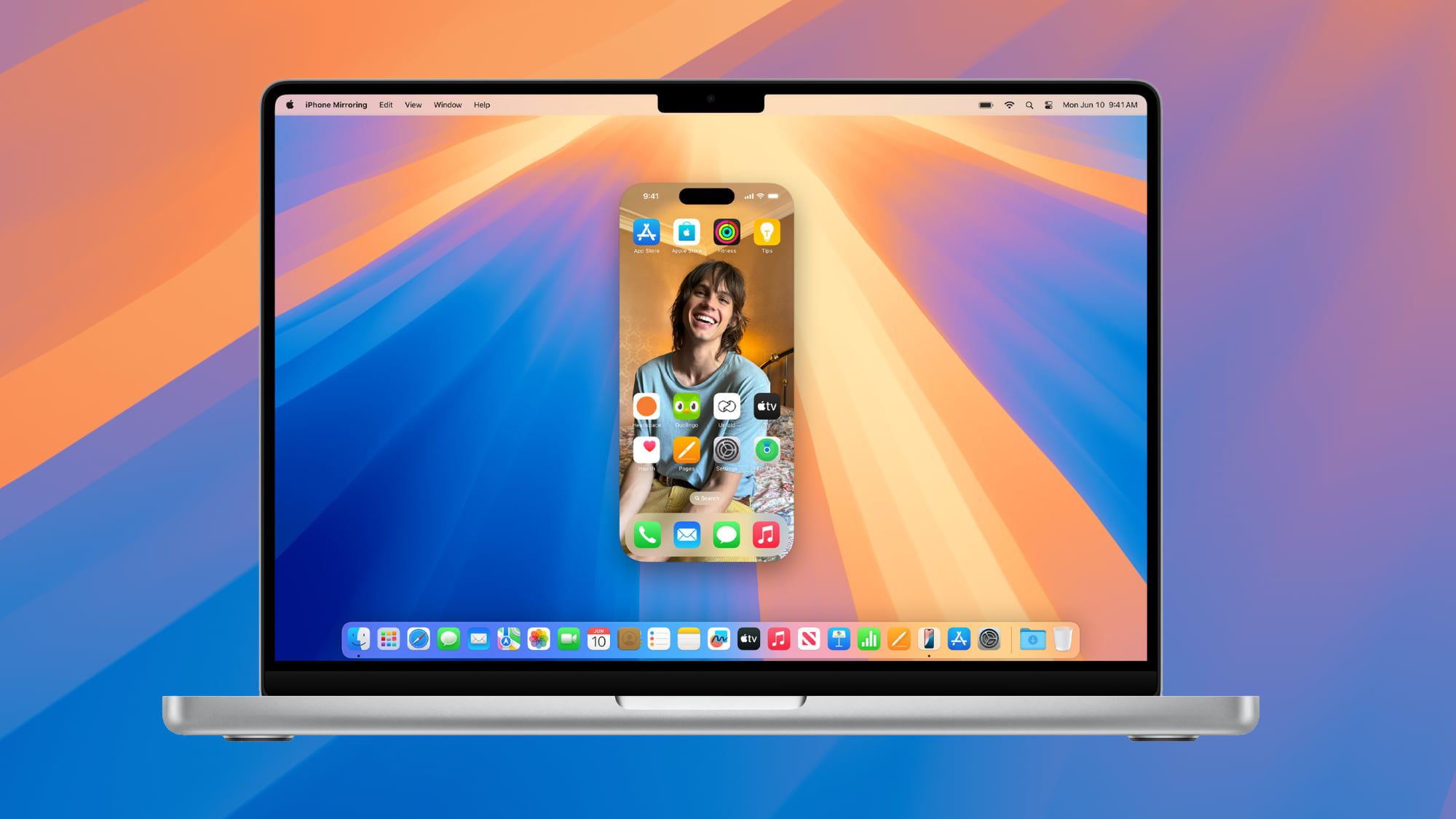Today, Apple’s boss, Tim Cook, shared a fun update on social media. He posted a quick video on X with the words, “There’s something in the air,” teasing a new product drop this week.
A New MacBook Air Is on the Way
This sneaky hint points to a fresh MacBook Air announcement soon. Word is, it’ll run on a shiny new M4 chip and keep the same 13-inch and 15-inch sizes as the current version.
The M4 chip is set to bring some cool upgrades. Right now, the MacBook Air tops out at 24GB of memory, but the new one might jump to 32 GB. It’s also expected to have faster performance, two extra CPU cores, and a sharper 12MP Center Stage camera.
Plus, the M4 MacBook Air will handle external screens better. The M3 version can run two extra displays, but only if the laptop’s lid is shut. The new model will let you use two external screens and the built-in display at the same time—similar to the basic M4 MacBook Pro.
Could an iPad Air Join the Party?
Apple might also unveil a new iPad Air this spring. Bloomberg says the MacBook Air update is up first, but Mark Gurman hinted today that a double reveal—iPad Air and MacBook Air—could happen. This makes sense since iPad Air stock is running low.
Keep an eye on 9to5Mac for all the juicy details about Apple’s big news this week. Fun fact: the “something in the air” line isn’t new! Apple used it way back in 2008 when they launched the very first MacBook Air. Nostalgia, anyone?





